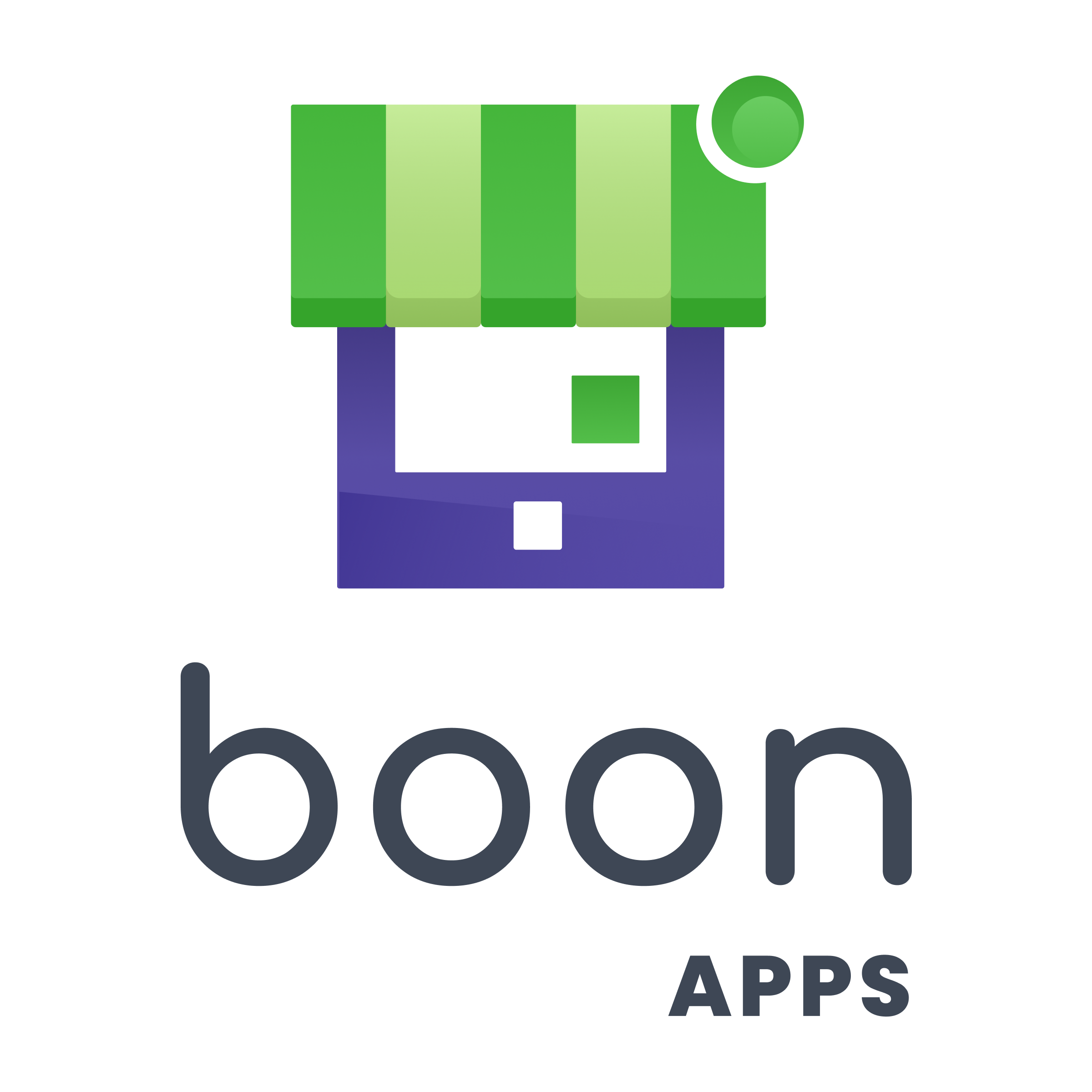10 Simple Steps to Build Your Own Shopify Mobile App

BoonApps . Follow
5 months ago
As mobile commerce continues to rise, having a dedicated mobile app for your Shopify store can significantly enhance customer experience and drive sales. Building a mobile app builder may seem daunting, but with the right approach, you can create a professional app without extensive technical knowledge. In this guide, we will walk you through ten simple steps to build your own Shopify mobile app.
Why Build a Shopify Mobile App?
The Importance of Mobile Commerce
Mobile commerce is growing rapidly, with more consumers preferring to shop on their smartphones. A mobile app offers a seamless and intuitive shopping experience, leading to higher engagement and conversion rates.
Benefits of a Mobile App for Your Shopify Store
- Enhanced User Experience: Mobile apps are faster and more responsive than mobile websites, providing a better user experience.
- Increased Customer Engagement: Push notifications keep your customers informed about new products, promotions, and updates.
- Higher Conversion Rates: A well-designed mobile app can streamline the purchasing process, leading to higher conversion rates.
- Brand Loyalty: A mobile app helps build brand loyalty by providing a personalized shopping experience.
Step 1: Define Your App's Purpose and Goals
Before you start building your app, clearly define its purpose and goals. Consider what you want to achieve with your app and how it will benefit your customers. Ask yourself the following questions:
- What features will your app offer?
- How will your app improve the customer experience?
- What are your short-term and long-term goals for the app?
Step 2: Choose the Right No-Code App Builder
What to Look For in a No-Code App Builder
Selecting the right no-code app builder is crucial for the success of your mobile app. Look for a platform that offers:
- Ease of Use: The platform should have an intuitive interface that makes it easy to design and build your app.
- Customization Options: Ensure the platform offers a wide range of customization options to create a unique app that reflects your brand.
- Integration with Shopify: The platform should provide seamless integration with Shopify, allowing you to sync products, inventory, and orders.
- Support and Resources: Choose a platform that provides robust support and resources, including tutorials, documentation, and customer support.
Popular No-Code App Builders
Consider the following popular no-code app builders:
- Adalo: Known for its user-friendly interface and extensive customization options.
- Glide: Ideal for creating data-driven apps with its powerful spreadsheet integration.
- Bubble: Offers advanced functionality and customization for more complex app requirements.
Step 3: Plan Your App's Features and Layout
Essential Features for Your Shopify Mobile App
Your app should include essential features that enhance the shopping experience, such as:
- Product Listings: Display your products with high-quality images and detailed descriptions.
- Search and Filters: Allow customers to easily find what they're looking for with search and filter options.
- Shopping Cart: Provide a seamless shopping cart experience with easy checkout options.
- Payment Gateway: Integrate secure payment gateways to ensure a smooth and safe transaction process.
- Push Notifications: Keep your customers informed about new products, promotions, and updates.
Designing Your App's Layout
Plan your app's layout to ensure a user-friendly experience. Consider the following tips:
- Keep It Simple: A clean and simple design enhances usability.
- Consistent Branding: Ensure your app reflects your brand's identity with consistent colors, fonts, and logos.
- Intuitive Navigation: Make it easy for users to navigate through your app with intuitive menus and navigation bars.
Step 4: Sign Up and Set Up Your No-Code App Builder
Creating an Account
Sign up for an account on your chosen no-code app builder platform. Most platforms offer free trials, so you can explore their features before committing to a subscription.
Setting Up Your App
Follow the platform's setup process to start building your app. This typically involves selecting a template and configuring basic settings.
Step 5: Customize Your App's Design
Using the Drag-and-Drop Interface
Most no-code app builders feature a drag-and-drop interface that makes it easy to design your app. Customize your app by adding and arranging elements such as buttons, images, and text fields.
Personalizing Your App
Ensure your app reflects your brand by customizing colors, fonts, and logos. Create a cohesive look that aligns with your website and overall branding.
Step 6: Integrate Your Shopify Store
Syncing Your Products
Integrate your Shopify store with the app builder to sync your products, inventory, and orders. Most platforms provide easy integration options, making this process straightforward.
Adding Shopify Features
Ensure your app includes essential Shopify features, such as product catalogs, shopping carts, and payment gateways. This will provide a seamless shopping experience for your customers.
Step 7: Add Advanced Features
Enhancing User Experience
Consider adding advanced features to enhance the user experience, such as:
- User Accounts: Allow customers to create accounts for a personalized shopping experience.
- Wishlists: Enable customers to save products to wishlists for future purchases.
- Reviews and Ratings: Include product reviews and ratings to build trust and encourage purchases.
Leveraging Integrations
Take advantage of integrations with third-party tools to add functionality to your app. For example, integrate with email marketing platforms to automate customer communications.
Step 8: Test Your App
Conduct Thorough Testing
Before launching your app, conduct thorough testing to ensure it functions correctly. Test on different devices and operating systems to identify and fix any issues.
Collect Feedback
Collect feedback from a small group of users to identify areas for improvement. Use this feedback to make necessary adjustments before the official launch.
Step 9: Publish Your App
Submitting to App Stores
Once you're satisfied with your app, publish it to the App Store and Google Play Store. Follow the platform's guidelines for submission and approval.
Promoting Your App
Promote your app to your existing customers through email marketing, social media, and your website. Highlight the benefits of using the app and encourage downloads.
Step 10: Monitor and Update Your App
Tracking Performance
Monitor your app's performance using analytics tools to track downloads, user engagement, and sales. Use this data to identify areas for improvement and optimize your app's performance.
Regular Updates
Regularly update your app to fix bugs, add new features, and improve user experience. Keeping your app up-to-date ensures it remains relevant and valuable to your customers.
Conclusion
Building your own Shopify mobile app builder may seem like a daunting task, but by following these ten simple steps, you can create a professional app that enhances your customers' shopping experience and drives sales. By choosing the right no-code app builder, planning your app's features and layout, and thoroughly testing your app, you can ensure a successful launch and ongoing success. Embrace the power of mobile commerce and take your Shopify store to new heights with your own mobile app.
Recommended topics
Recommended from Guest Post
Stylistic Design Studio & Shop
Importance of Web Design in Derbyshire for Online Presence
May 29, 2024
Rushed Passport
Emergency US Passport Renewal: Navigating the Process with Rushed Passport
November 21, 2024betbhai9club12
Discover the Thrills of Online Betting at Betbhai9club- Your Ultimate Destination for Casino and Sports Betting
October 22, 2024World Explorer

